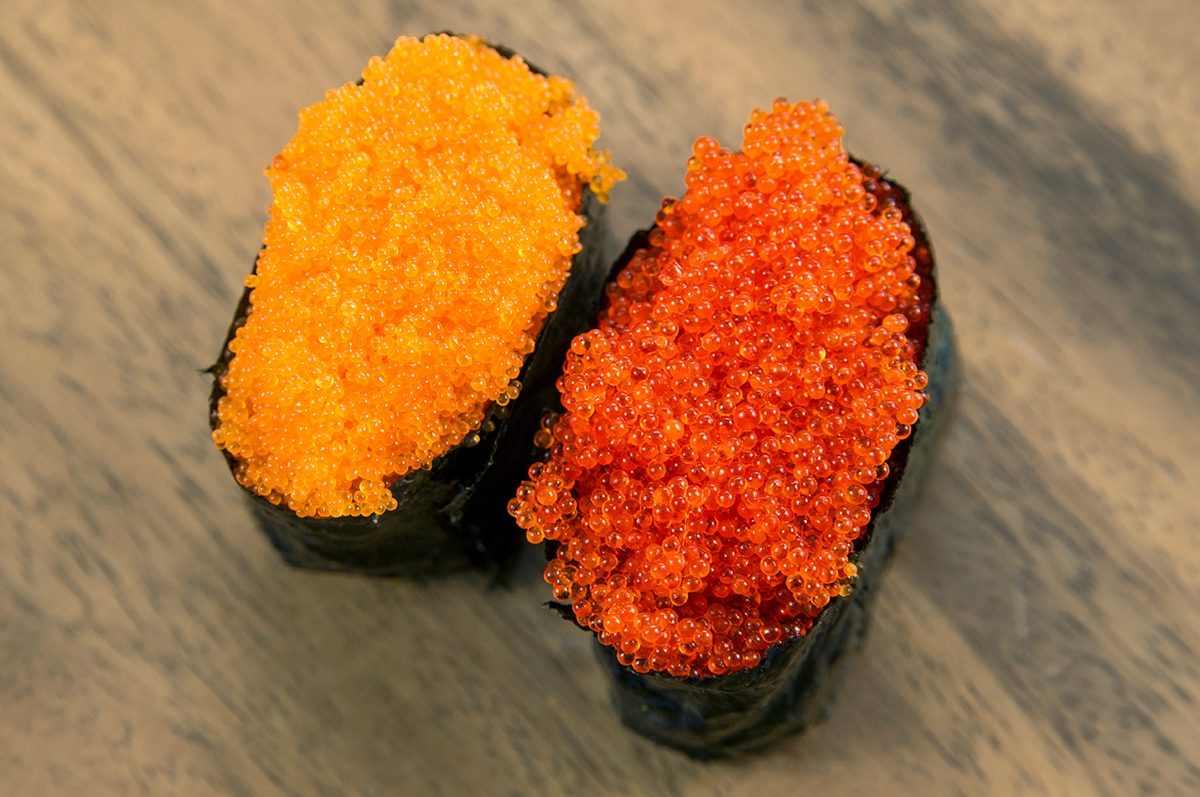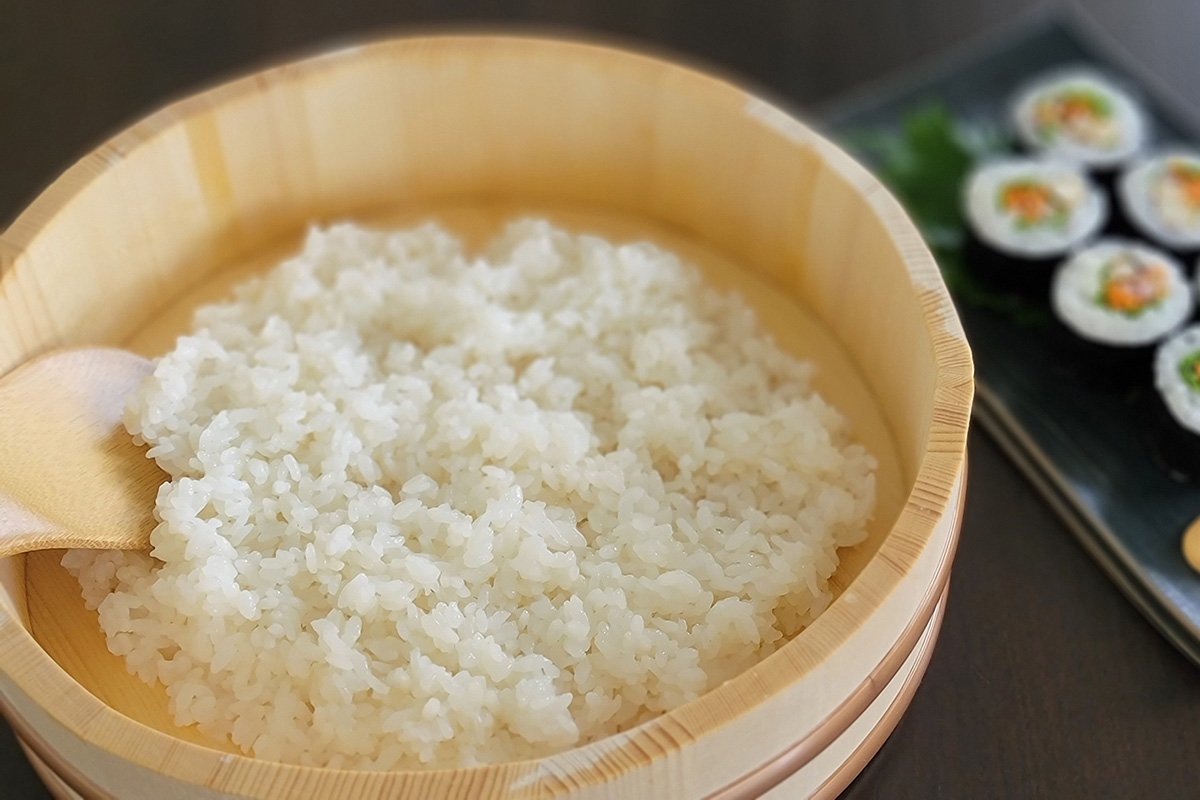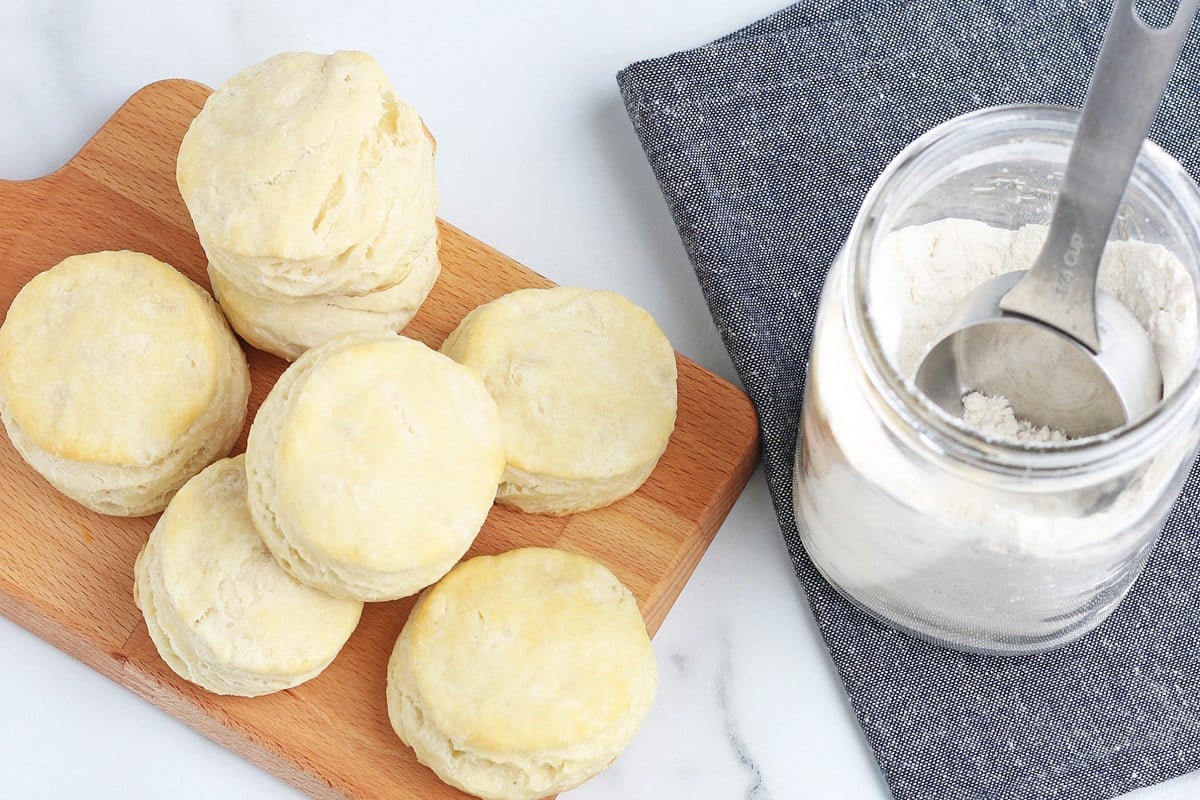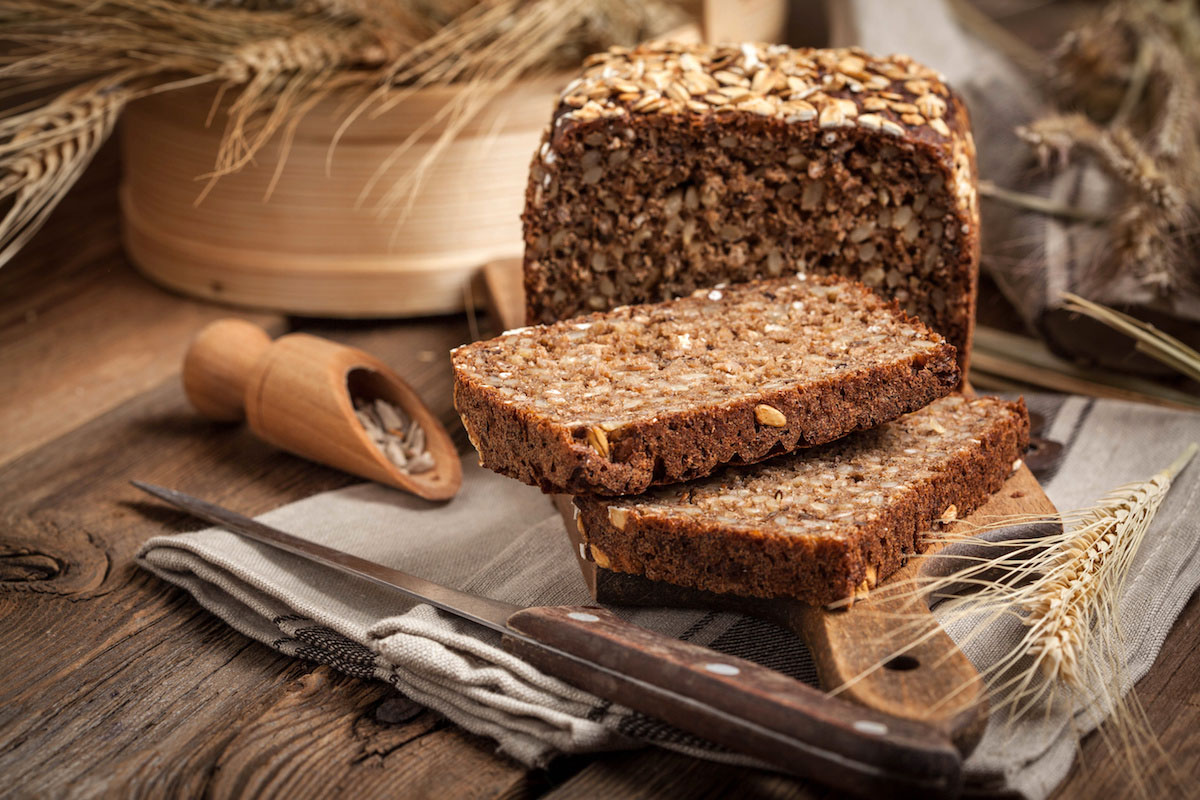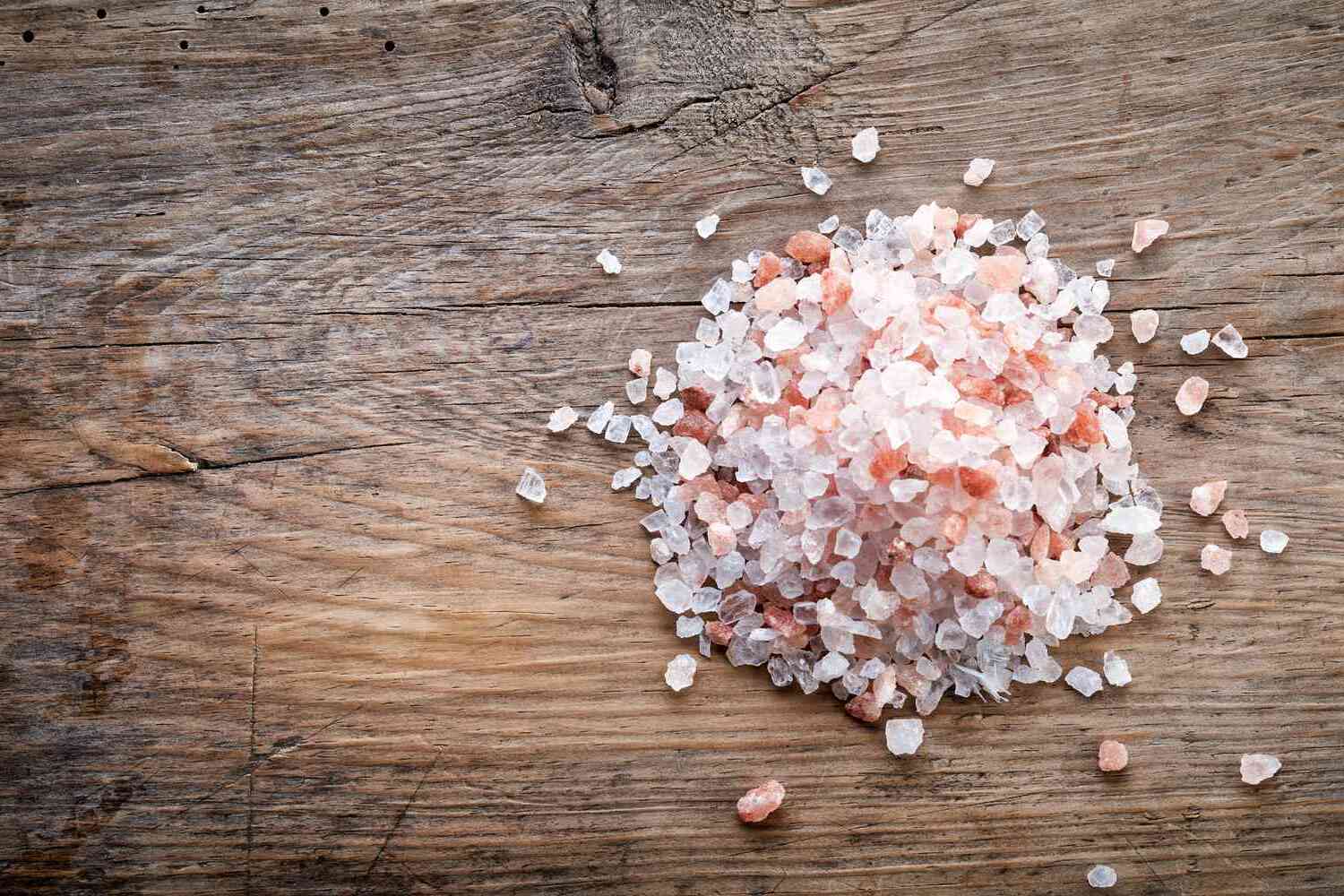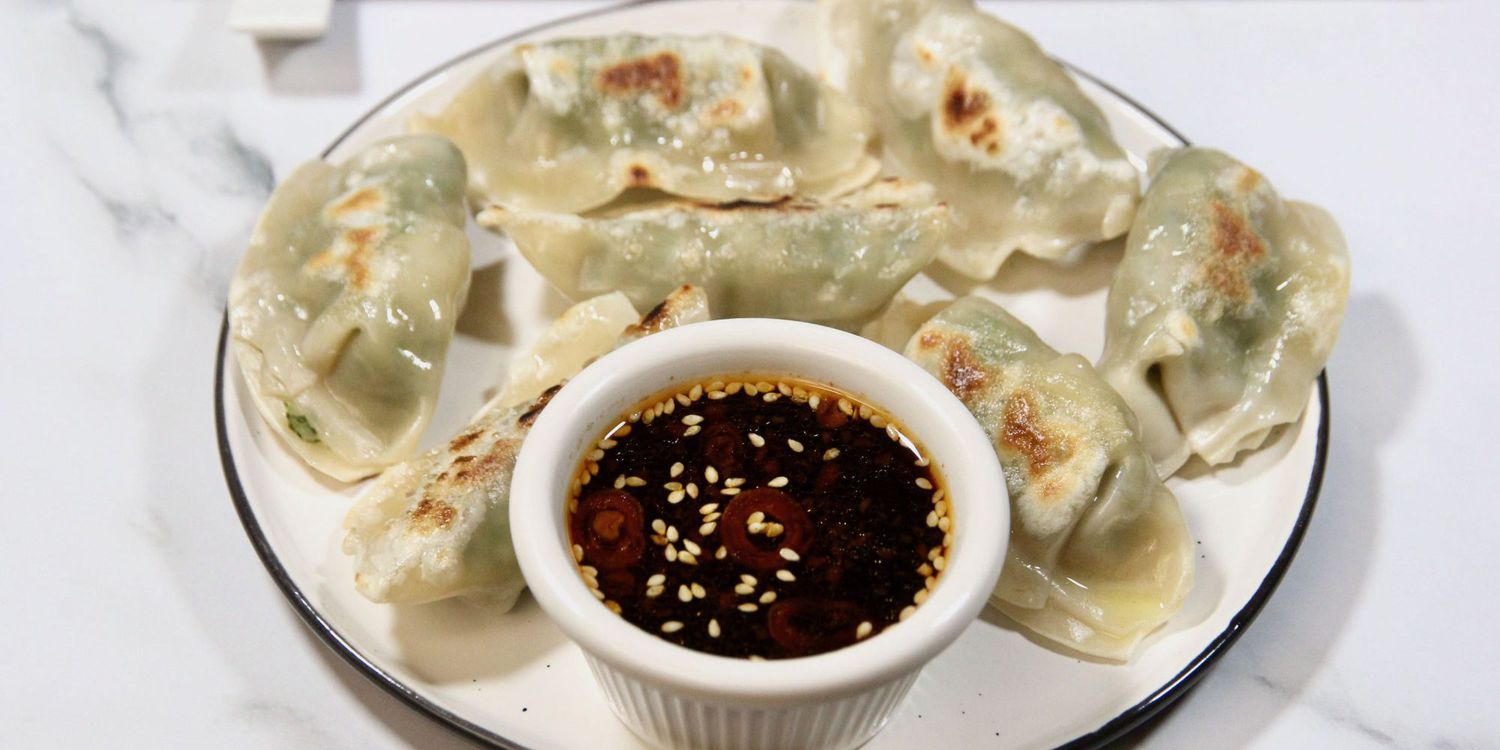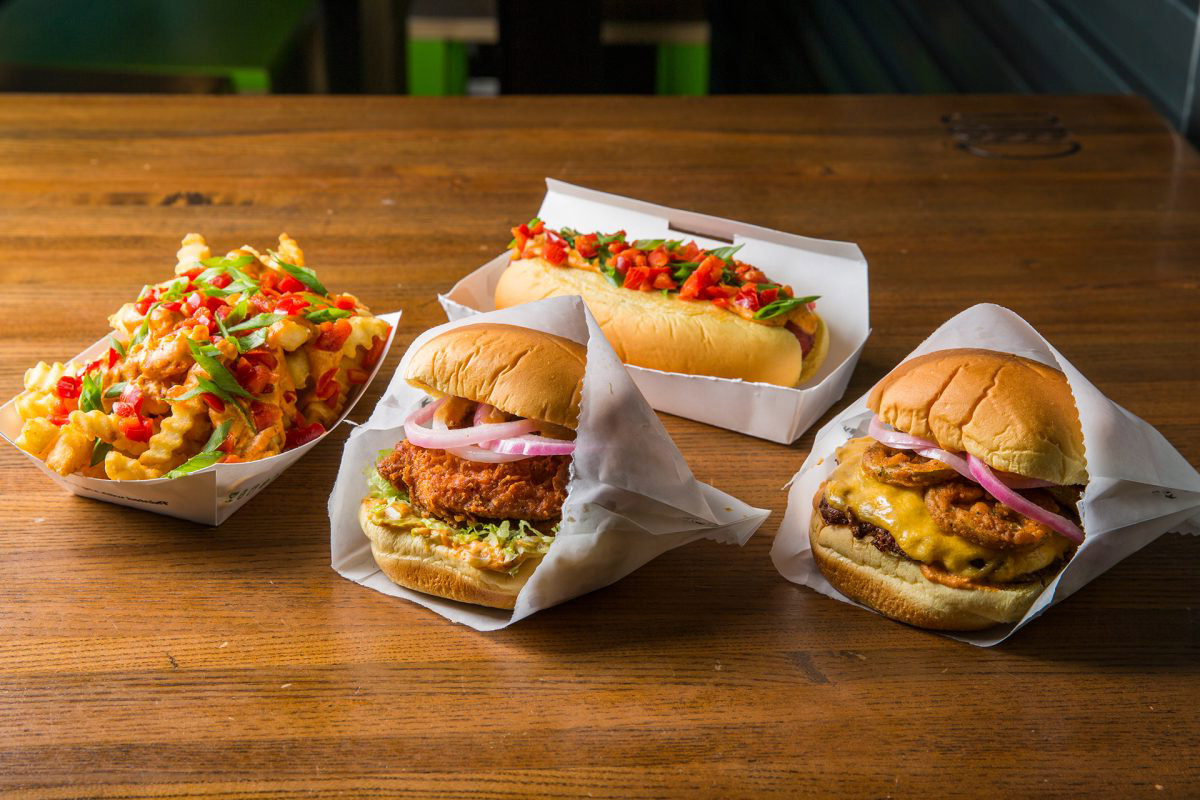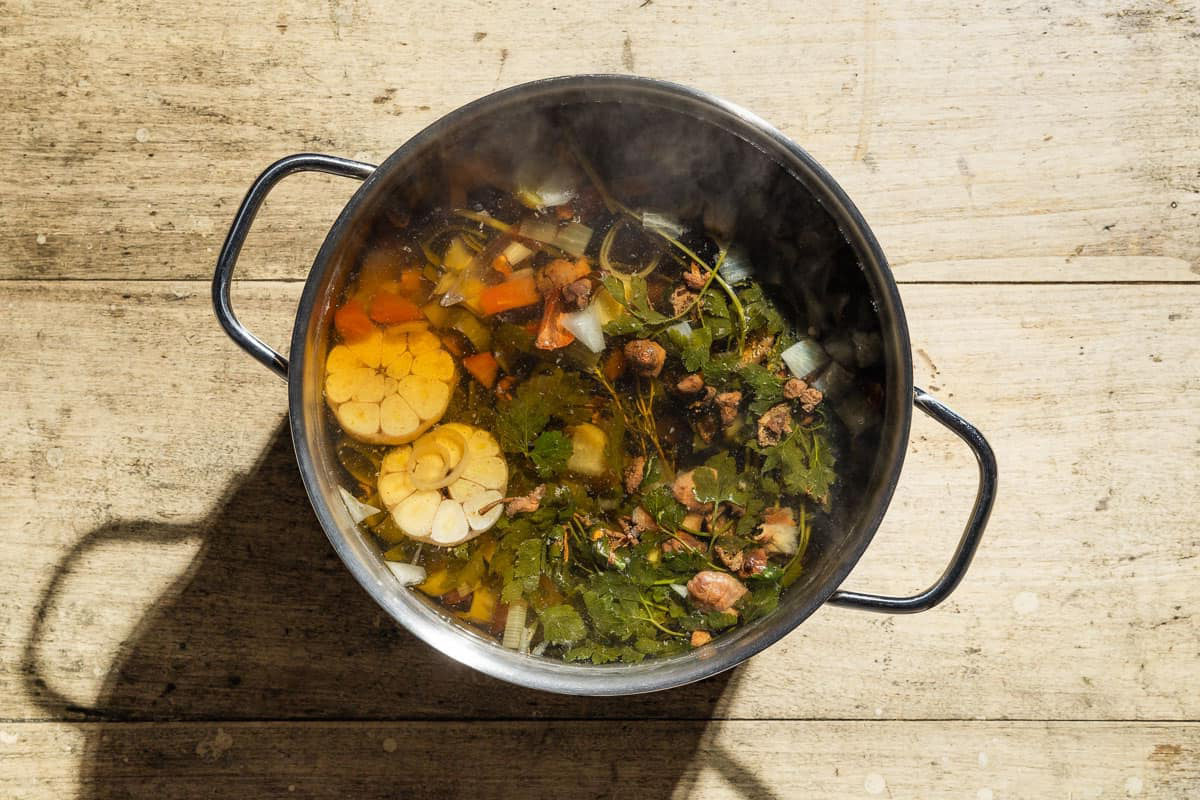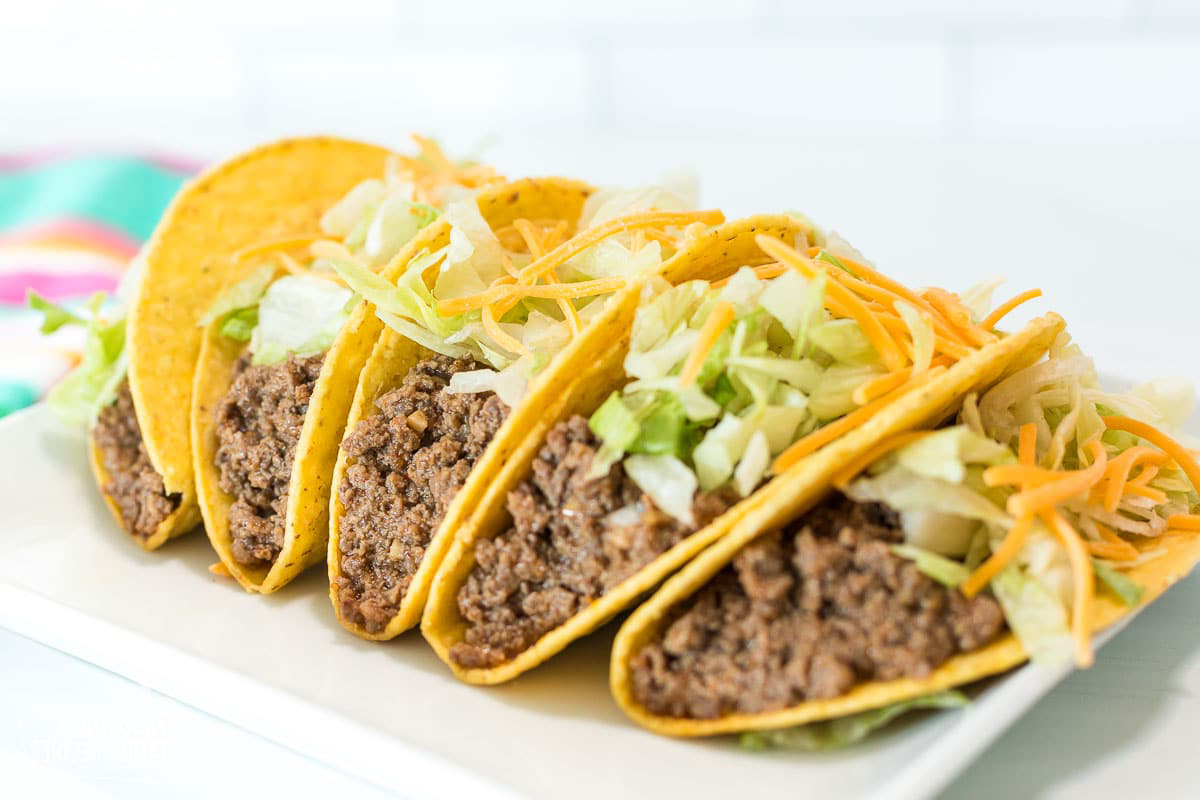Understanding the Soft Crack Stage in Candy Making
Have you ever wondered why some candies are hard and crunchy while others are soft and chewy? The secret lies in the candy-making process and the different stages of sugar cooking. One of these crucial stages is known as the soft crack stage, and it plays a significant role in determining the texture of the final product.
What is the Soft Crack Stage?
When making candy, the soft crack stage refers to a specific temperature range that sugar reaches when heated. At this stage, the sugar syrup has been cooked to a temperature between 270°F and 290°F (132°C and 143°C). The name “soft crack” comes from the fact that when a small amount of the hot syrup is dropped into cold water, it separates into hard but pliable threads that can be bent without breaking. This stage is crucial for creating candies with a firm yet pliable texture, such as butterscotch, toffee, and some types of caramel.
How to Identify the Soft Crack Stage
Identifying the soft crack stage requires the use of a candy thermometer, which is an essential tool for candy making. As the sugar syrup heats up, it goes through various stages, each characterized by a specific temperature range. To determine the soft crack stage, simply clip the candy thermometer to the side of the saucepan and monitor the temperature as the sugar cooks. Once it reaches the range of 270°F to 290°F, you’ve hit the soft crack stage.
Another method for identifying the soft crack stage is the cold water test. To perform this test, simply drop a small amount of the hot sugar syrup into a bowl of cold water. The syrup should form thin, hard threads that are pliable when removed from the water. If you can bend the threads without them breaking, you’ve successfully reached the soft crack stage.
Recipes That Use the Soft Crack Stage
Many beloved candy recipes rely on reaching the soft crack stage to achieve the perfect texture. Here are some popular treats that require the soft crack stage in their preparation:
- Butterscotch: This rich and buttery candy is made by heating brown sugar, butter, and corn syrup to the soft crack stage, resulting in a smooth and creamy texture.
- Toffee: Whether it’s coated in chocolate and nuts or enjoyed plain, toffee is created by cooking sugar and butter to the soft crack stage, producing a crunchy yet chewy confection.
- Caramel: Soft caramels, caramel sauces, and caramel candies all rely on reaching the soft crack stage to achieve their signature chewy texture and deep, caramelized flavor.
Conclusion
The soft crack stage is a fundamental concept in the world of candy making. By understanding this crucial temperature range and its role in creating different candy textures, you can elevate your confectionery skills and create delectable treats with the perfect balance of firmness and chewiness. So, the next time you’re whipping up a batch of homemade candy, keep an eye out for the soft crack stage, and get ready to indulge in sweet, satisfying results.
Was this page helpful?
Read Next: What Is Wheat Protein?

